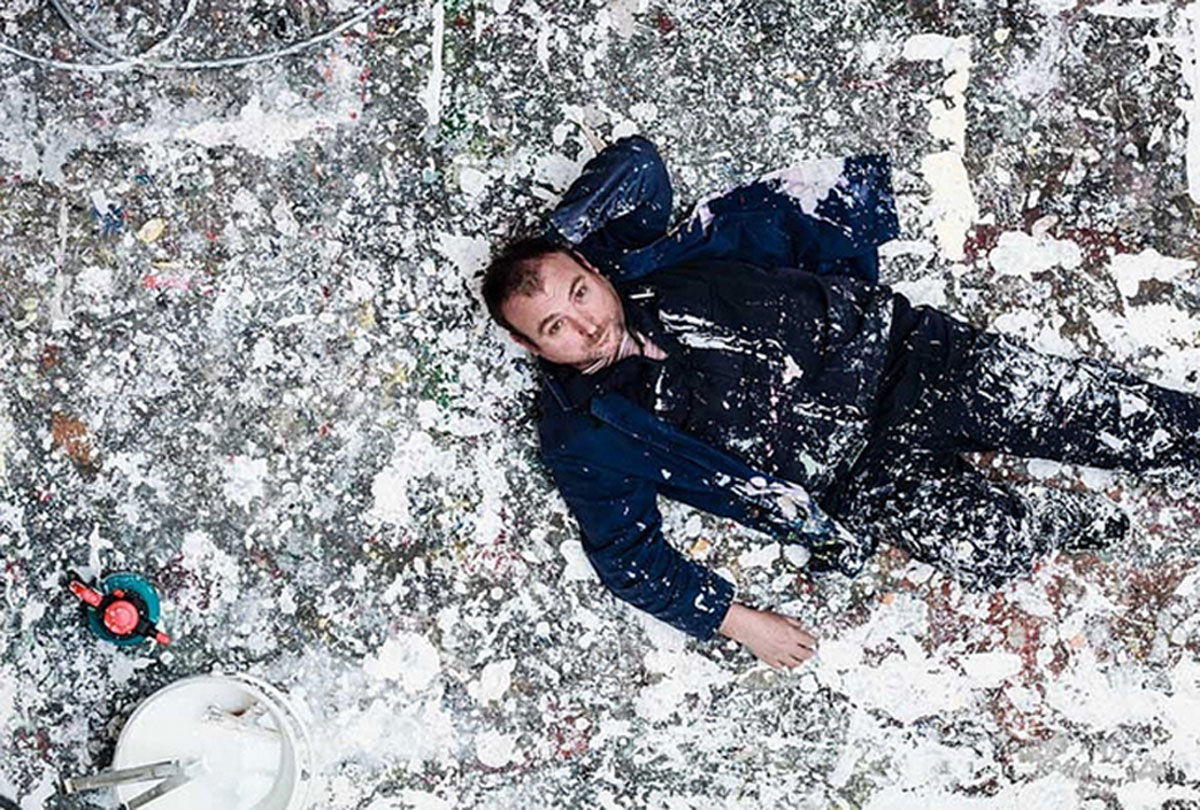Miquel Barceló
Mallorca 1957, he studied at the School of Decorative Arts in Mallorca in 1972 and continued in 1974 at the School of Fine Arts in Barcelona. A trip to Paris allows him to discover the Art Brut that leaves a strong influence by the hand of Jean Dubuffet. It also impacts in him the work of Paul Klee.The Pollock, Rothko, De Kooning or Lucio Fontana, neoexpressionism will also leave a deep impression on his style.
He is an artist who represents one of the leading figures of Spanish Neo-Expressionism in the early period of the eighties, with artists such as Ferran Garcia Sevilla, Campano, Baldeweg or José María Sicilia. During his years of consolidation, Barceló’s work was characterized by large formats and thick layers of materials, adding unusual elements to his paintings, seaweed, volcanic ash, recycled materials, etc.
In the 80s he began to eliminate narrative elements of his paintings and the main themes of his work were light, holes and transparencies.This simplification process culminated in white paints. A prolific series painted by the artist in 1988, a year that he traveled the Sahara from Algeria to Mali, where he currently resides. In the late 80s and early 90s he traveled to the Swiss Alps and hit the Glaciers, portrayed ice and snow. His work the Flood is a clear reference of this era.In his works inspired by Mali, much appreciated figure, origins, over time, concern for nature. The sea has been another constant in theme as well as represented in the Chapel of San Pere at the Cathedral of Palma de Mallorca. They also highlight the paintings in the Dome of the Palace of the United Nations in Geneva.
Barceló is also an excellent engraver and ceramist and also a tireless researcher of materials for his pictorial creations. Among his exhibitions we can include: CaixaForum Madrid – Barcelona, Retrospective at the Soledad Lorenzo Gallery , Arco, as well as its foray into all international markets of Art.

